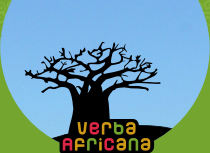Character Names
Many of the stories have animals as characters and they are referred to as Lion, Hare or Hyena. Some of them have a special form such as the hare, which is referred to as ookwa/aangw instead of kwa/aangw. The characters often address each other as though they are family relations, calling each other names such as uncle, niece, etc. Uncle is used for animals that are grammatically masculine, even though gender is not at all determined by meaning in Iraqw. Likewise, ‘niece’ refers to an animal that is grammatically feminine.
In some stories the main characters have names. Geesoó Duqang is not a common Iraqw name. But the meaning of the name is not entirely clear; Duqang refers to sharpening or whetting, but Geesoó, which could be a form of geesay, is neither a word nor a name in present-day Iraqw. Aama Irmi, or Ms Irmi, and Gwandé/ are also uncommon words or names in Iraqw.
On the other hand, Simbooya or its variant Sembooya, clearly refers to a famous historical figure in Tanzanian history - the chief and slave seller Simboja of the Usambara mountains. Se- is common prefix for names of males in Bantu languages (such as Shambaa, in the Usambara mountains) and its female counterpart na- is sometimes found in versions of the same story among the Iraqw when the hero is called Nambooya. The name of the famous Iraqw trickster Lách also shows links to others cultures. The figure of Lách is known among the neighbouring Datooga (hence the sound ch, which is uncommon in Iraqw), but ultimately is from the Sandawe where he is called Lay. Lay is a common word in Sandawe meaning ‘hare’ which is again one of the most common tricksters in animal stories in East Africa.

